- myFICO® Forums
- FICO Scoring and Other Credit Topics
- Understanding FICO® Scoring
- Re: Opinions on utilization thresholds/FICO scorin...
- Subscribe to RSS Feed
- Mark Topic as New
- Mark Topic as Read
- Float this Topic for Current User
- Bookmark
- Subscribe
- Mute
- Printer Friendly Page
Opinions on utilization thresholds/FICO scoring?
Is your credit card giving you the perks you want?
Browse credit cards from a variety of issuers to see if there's a better card for you.
- « Previous
- Next »
- Mark as New
- Bookmark
- Subscribe
- Mute
- Subscribe to RSS Feed
- Permalink
- Report Inappropriate Content
Re: Opinions on utilization thresholds/FICO scoring?
@sarge12 wrote:@CGID....I not only believe that trended data will be used in the future, I fear it might be used in the wrong way. Specifically, I fear it might be used to identify strict transactors, who due to never paying issuers any interest, are of course less profitable, if profitable at all. I know some might say the credit card issuers still make a profit due to transaction fees, but at least in my case...no way!!! With most of my cards having recieved 150-250 dollars SUB alone, and then 1.5-5% rewards, there is no way they recoup that with transaction fees alone. The credit card issuers for a fact lose money on my CC accounts...period!!! I am sure they will not cite failure to carry a balance as the reason for rejection, but they will list something else that will not be rejected for the more profitable revolvers. I believe they are already using this trended data with them to deny CLI's, and have been for some time. I hope I'm wrong, but statistics show CC issuers lose money on two groups, those with problems managing credit who wind up with BK or default, and to a lesser degree to strict transactors. It is the responsible revolvers in the middle of these 2 extremes that are most profitable for the CC issuers.
I am certain you are right. There are all kinds of specialized products out there that use trended data and I am sure that one common way is for profitability assessment, which the traditional 300-850 FICO score does not do (it assesses risk). In fact FICO is one of the companies that makes these specialized niche products.
The T-R distinction is only one way that TD can assist CC issuers in detecting unprofitable SUB chasers. People who spend a lot of money in the first 90 days and then no money after that on a card are highly likely to be a SUB chaser. (Actually that sounds like a certain kind of person on an x-rated dating site, but let's not follow that line of thought too much further.) The "spend $3000 in the first 90 days" pattern is easily detectable via TD.
The best thing bonus hunters can do is to try to separate themselves from their brethren, e.g. by....
* Continuing to use a card for small purchases throughout the first year
* Not closing it at month 4
etc.
That way you blend in a bit with the rest of the non-chasing CC users. You might even consider become a revolver on a small balance for a month.
- Mark as New
- Bookmark
- Subscribe
- Mute
- Subscribe to RSS Feed
- Permalink
- Report Inappropriate Content
Re: Opinions on utilization thresholds/FICO scoring?
@sarge12 wrote:@CGID....I not only believe that trended data will be used in the future, I fear it might be used in the wrong way. Specifically, I fear it might be used to identify strict transactors, who due to never paying issuers any interest, are of course less profitable, if profitable at all. I know some might say the credit card issuers still make a profit due to transaction fees, but at least in my case...no way!!! With most of my cards having recieved 150-250 dollars SUB alone, and then 1.5-5% rewards, there is no way they recoup that with transaction fees alone. The credit card issuers for a fact lose money on my CC accounts...period!!! I am sure they will not cite failure to carry a balance as the reason for rejection, but they will list something else that will not be rejected for the more profitable revolvers. I believe they are already using this trended data with them to deny CLI's, and have been for some time. I hope I'm wrong, but statistics show CC issuers lose money on two groups, those with problems managing credit who wind up with BK or default, and to a lesser degree to strict transactors. It is the responsible revolvers in the middle of these 2 extremes that are most profitable for the CC issuers.
You might find the below interesting. I posted these in a thread a couple years back. I would add a link to the thread but, I can't recall it . Included are links to the articles where the pastes came from.
Links to articles:
http://www.experian.com/assets/consumer-information/white-papers/6985-cis-ts-whitepaper-exp2014.pdf
https://www.aba.com/Products/Endorsed/Documents/FIS_July2013.pdf
https://files.consumerfinance.gov/f/documents/cfpb_consumer-credit-card-market-report_2017.pdf
Fico 8: .......EQ 850 TU 850 EX 850
Fico 4 .....:. EQ 809 TU 823 EX 830 EX Fico 98: 842
Fico 8 BC:. EQ 892 TU 900 EX 900
Fico 8 AU:. EQ 887 TU 897 EX 899
Fico 4 BC:. EQ 826 TU 858, EX Fico 98 BC: 870
Fico 4 AU:. EQ 831 TU 872, EX Fico 98 AU: 861
VS 3.0:...... EQ 835 TU 835 EX 835
CBIS: ........EQ LN Auto 940 EQ LN Home 870 TU Auto 902 TU Home 950
- Mark as New
- Bookmark
- Subscribe
- Mute
- Subscribe to RSS Feed
- Permalink
- Report Inappropriate Content
Re: Opinions on utilization thresholds/FICO scoring?
@Thomas_Thumb wrote:
@sarge12 wrote:@CGID....I not only believe that trended data will be used in the future, I fear it might be used in the wrong way. Specifically, I fear it might be used to identify strict transactors, who due to never paying issuers any interest, are of course less profitable, if profitable at all. I know some might say the credit card issuers still make a profit due to transaction fees, but at least in my case...no way!!! With most of my cards having recieved 150-250 dollars SUB alone, and then 1.5-5% rewards, there is no way they recoup that with transaction fees alone. The credit card issuers for a fact lose money on my CC accounts...period!!! I am sure they will not cite failure to carry a balance as the reason for rejection, but they will list something else that will not be rejected for the more profitable revolvers. I believe they are already using this trended data with them to deny CLI's, and have been for some time. I hope I'm wrong, but statistics show CC issuers lose money on two groups, those with problems managing credit who wind up with BK or default, and to a lesser degree to strict transactors. It is the responsible revolvers in the middle of these 2 extremes that are most profitable for the CC issuers.
You might find the below interesting. I posted these in a thread a couple years back. I would add a link to the thread but, I can't recall it . Included are links to the articles where the pastes came from.
Links to articles:
http://www.experian.com/assets/consumer-information/white-papers/6985-cis-ts-whitepaper-exp2014.pdf
Fascinating.

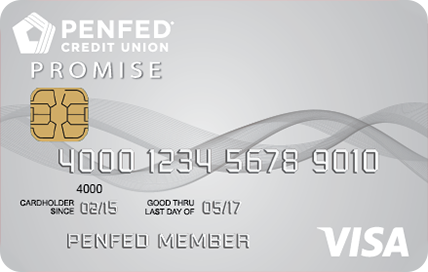

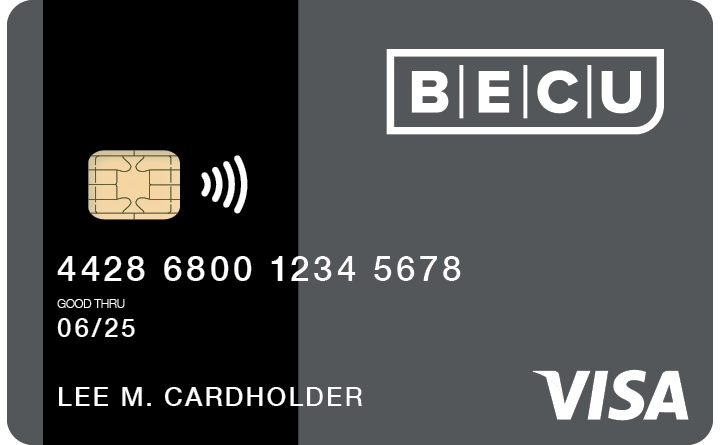







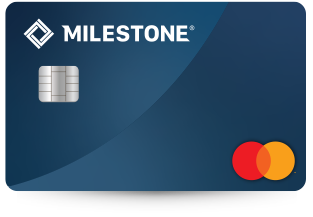
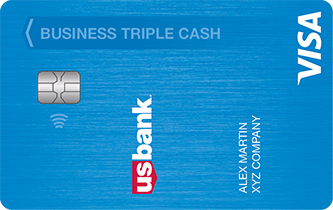

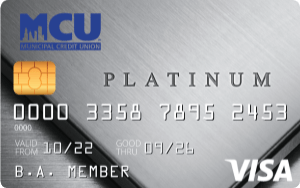

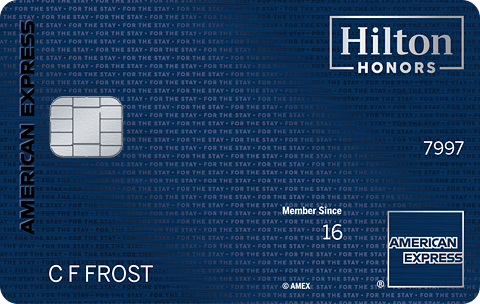

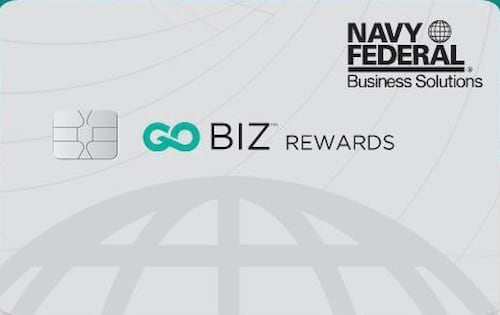

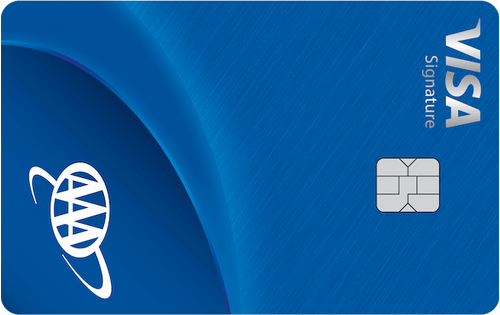


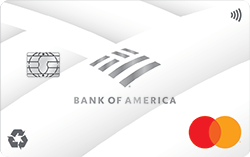


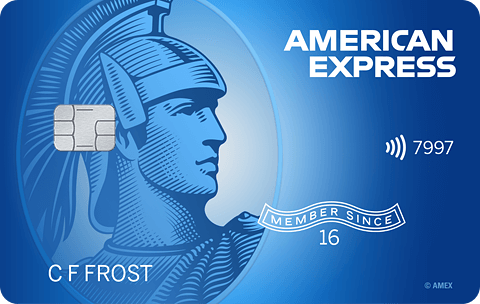
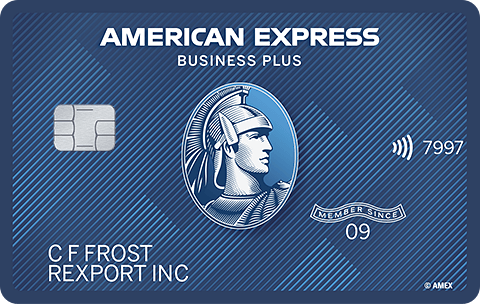



Total revolving limits 569520 (505320 reporting) FICO 8: EQ 689 TU 684 EX 682
- Mark as New
- Bookmark
- Subscribe
- Mute
- Subscribe to RSS Feed
- Permalink
- Report Inappropriate Content
Re: Opinions on utilization thresholds/FICO scoring?
Sarge, I don't think you're wrong regarding the profitability thing. If CCCs were using full trended data and could indeed identify someone such as yourself as unprofitable, perhaps they wouldn't extend them credit or if they did, extend very little. One thing worth mentioning, though, is that conversation really only pertains to CCs. When considering loans, especially those like mortgages that most people "need" at some point, lenders are looking for low risk customers. All of them are going to be profitable based on interest. It's important to remember that loans are the type of credit that people actually "need" compared to revolvers that people don't really need (they could use debit cards, for example).
- Mark as New
- Bookmark
- Subscribe
- Mute
- Subscribe to RSS Feed
- Permalink
- Report Inappropriate Content
Re: Opinions on utilization thresholds/FICO scoring?
@redpatThere is historical data on reports, date opened/closed, CL, and highest CL reported/used. There will never be a historic record of utilization because that data could be flawed. What matters is payment history and what current utilization is when applying for credit.
What do you mean by the data could be flawed?
I think a peek at trended data such as spend and payment would be huge when hedged with standard utilization. If someone is spending more than they're paying, that's a sign of increased risk over someone that's paying more than they're spending.
- Mark as New
- Bookmark
- Subscribe
- Mute
- Subscribe to RSS Feed
- Permalink
- Report Inappropriate Content
Re: Opinions on utilization thresholds/FICO scoring?
@Anonymous wrote:Sarge, I don't think you're wrong regarding the profitability thing. If CCCs were using full trended data and could indeed identify someone such as yourself as unprofitable, perhaps they wouldn't extend them credit or if they did, extend very little. One thing worth mentioning, though, is that conversation really only pertains to CCs. When considering loans, especially those like mortgages that most people "need" at some point, lenders are looking for low risk customers. All of them are going to be profitable based on interest. It's important to remember that loans are the type of credit that people actually "need" compared to revolvers that people don't really need (they could use debit cards, for example).
BBS, I agree completely. Traditional Installment lenders will fall all over themselves to lend to someone who is in my ultra low risk catagory. Credit card issuers however, due to the grace period that allows transactors to completely avoid all interest while raking in rewards is a different matter. I already see that, due to a new credit card issuers lack of knowlege of my credit habits always approve my apps, and usually with 10k+ SL. After using their cards, they then become aware that I always PIF, and as a result my SL is also usually my permenant credit limit with that card. I can also tell by the lack of being included in pre-selected offers, that they really do not much care for my business. I do not really blame them for this, as my credit behavior makes me unprofitable for them. What I do somewhat dread, is the day my credit report has a trended data graph that makes me easy to identify as an unprofitable transactor prior to any SL being set on a new credit card application. There are cards such as Barclaycard that had a very attractive SUB, but only 1% rewards that almost never saw use after the SUB spend was acheived. For this reason, I could not really argue with them if they considered me a SUB chaser, it would be a completely fair assessment.
EX fico08=815 06/16/24
EQ fico09=809 06/16/24
EX fico09=799 06/16/24
EQ fico bankcard08=838 06/16/24
TU Fico Bankcard 08=847 06/16/24
EQ NG1 fico=802 04/17/21
EQ Resilience index score=58 03/09/21
Unknown score from EX=784 used by Cap1 07/10/20
- Mark as New
- Bookmark
- Subscribe
- Mute
- Subscribe to RSS Feed
- Permalink
- Report Inappropriate Content
Re: Opinions on utilization thresholds/FICO scoring?
@Anonymous wrote:
@redpatThere is historical data on reports, date opened/closed, CL, and highest CL reported/used. There will never be a historic record of utilization because that data could be flawed. What matters is payment history and what current utilization is when applying for credit.What do you mean by the data could be flawed?
I think a peek at trended data such as spend and payment would be huge when hedged with standard utilization. If someone is spending more than they're paying, that's a sign of increased risk over someone that's paying more than they're spending.
The only thing that matters is all payments are on time and if someone has a very long-time of high util CCC or creditors will take AA against them by either CLDs or closing accounts. The system works and your suggestion for historic util isn't needed or for that matter won't happen. As I stated before your high usage or reported are on your credit report.
Remember util is only a snap shot of time. Also, how do you know their risk if they are using a 0% offer which is always the case of spending more than you are paying for a period of time, right here is an example of things being flawed.
BT's would be another flaw.
- Mark as New
- Bookmark
- Subscribe
- Mute
- Subscribe to RSS Feed
- Permalink
- Report Inappropriate Content
Re: Opinions on utilization thresholds/FICO scoring?
@redpatThe only thing that matters is all payments are on time and if someone has a very long-time of high util CCC or creditors will take AA against them by either CLDs or closing accounts. The system works and your suggestion for historic util isn't needed or for that matter won't happen. As I stated before your high usage or reported are on your credit report.
Remember util is only a snap shot of time. Also, how do you know their risk if they are using a 0% offer which is always the case of spending more than you are paying for a period of time, right here is an example of things being flawed.
An extended period of very high utilization 99% of the time in and of itself will not cause AA, be it the closure of accounts or CLDs. On time payments are King to everything and so long as on time payments are being made most creditors are completely content with continuing to rake in interest each cycle. I'm not sure what you define as a very long time, but I've known people with 94%-98% aggregate utilization across a bunch of CCs (Chase, Capital One, mixed store cards, etc) for a period of over 1 year. They received no AA at all. A single 30-day late payment though? Game on and the CLDs start coming.
Yes the system "works" but the point of this thread is to discuss how it could possibly be improved with respect to the utilization sector of the FICO pie. If your opinion is it's fine the way it is, cool. If your opinion is that it won't change anyway, fine, but we can still discuss hypotheticals. There are very few systems in life IMO that are perfect and couldn't benefit from a tweak here or there and I believe FICO scoring, specifically utilization is certainly one of them.
When you say your "high usage" is reported on your CR, do you mean "high balance?" If so, high usage and high balance have nothing to do with one another. Usage more pertains to spend.
Say I get a CC with a $20k limit and the first cycle spend $5k and that $5k balance reports. That $5k balance becomes the "high balance" on the account. The next cycle, I spend $10k on the card, "usage" of 50%, but I carried over a 25% balance from the previous cycle. This means my usage could be 75% by the end of the next cycle, as my current balance would have grown to $15k. If prior to the payment due date I make a $12k payment, my statement balance would be $3k. If $3k reports, my previous "high balance" of $5k would not change. So, in Cycle 2 my usage was significantly higher than my usage in Cycle 1, but that difference is not reflected in the "high balance" displayed for the account on my credit report. My reported utilization the second month would be 15% compared to 25% the first month, which under the current FICO scoring system likely wouldn't result in a score change.
- Mark as New
- Bookmark
- Subscribe
- Mute
- Subscribe to RSS Feed
- Permalink
- Report Inappropriate Content
Re: Opinions on utilization thresholds/FICO scoring?
Currently I'm at 28 from 31 saw no change but I also swapped personal loans paid one of and added another. So that may be skewed.
I'm at 28 and come early next month will be lower I will be going down for next six months. I know it's a small sample but I'll give data points



